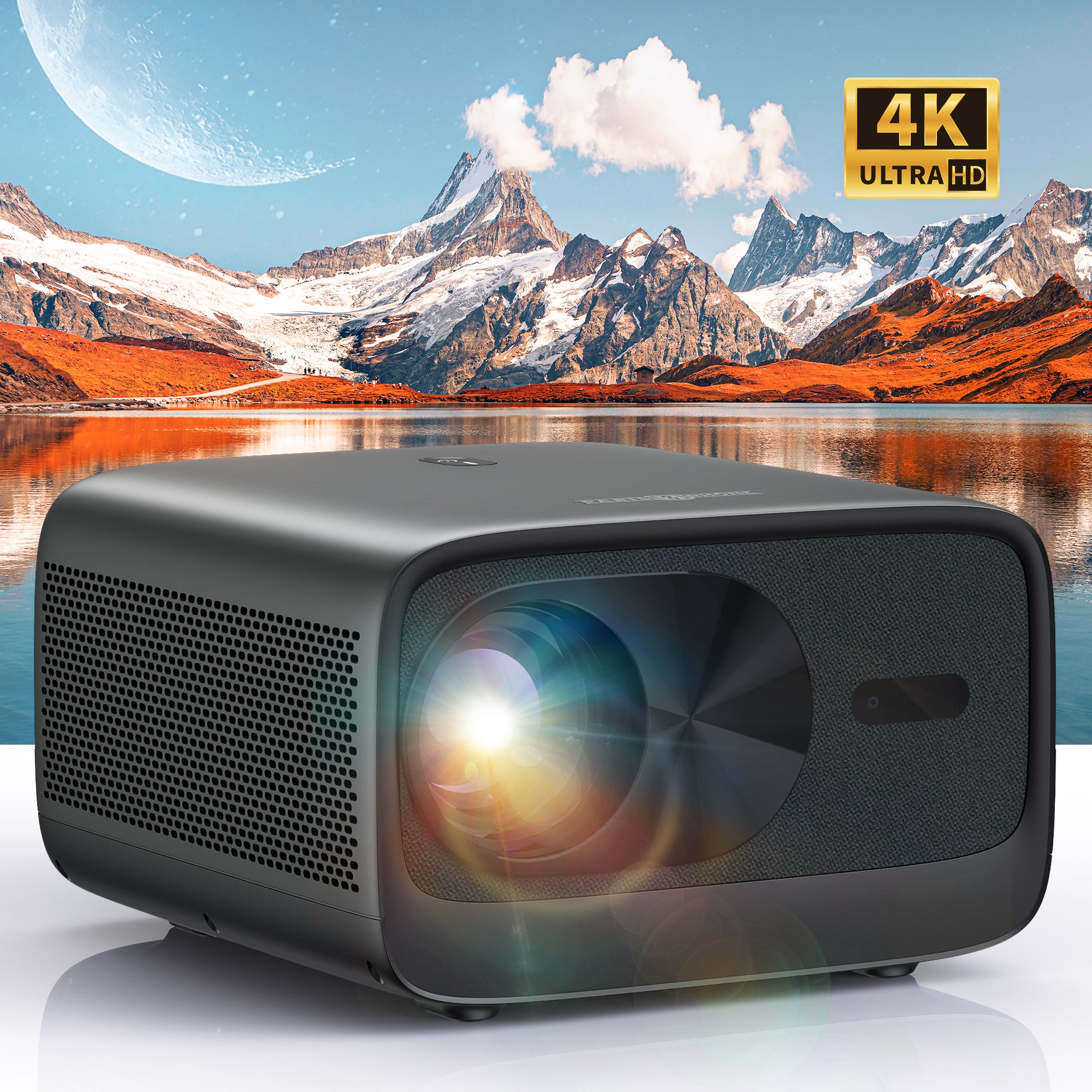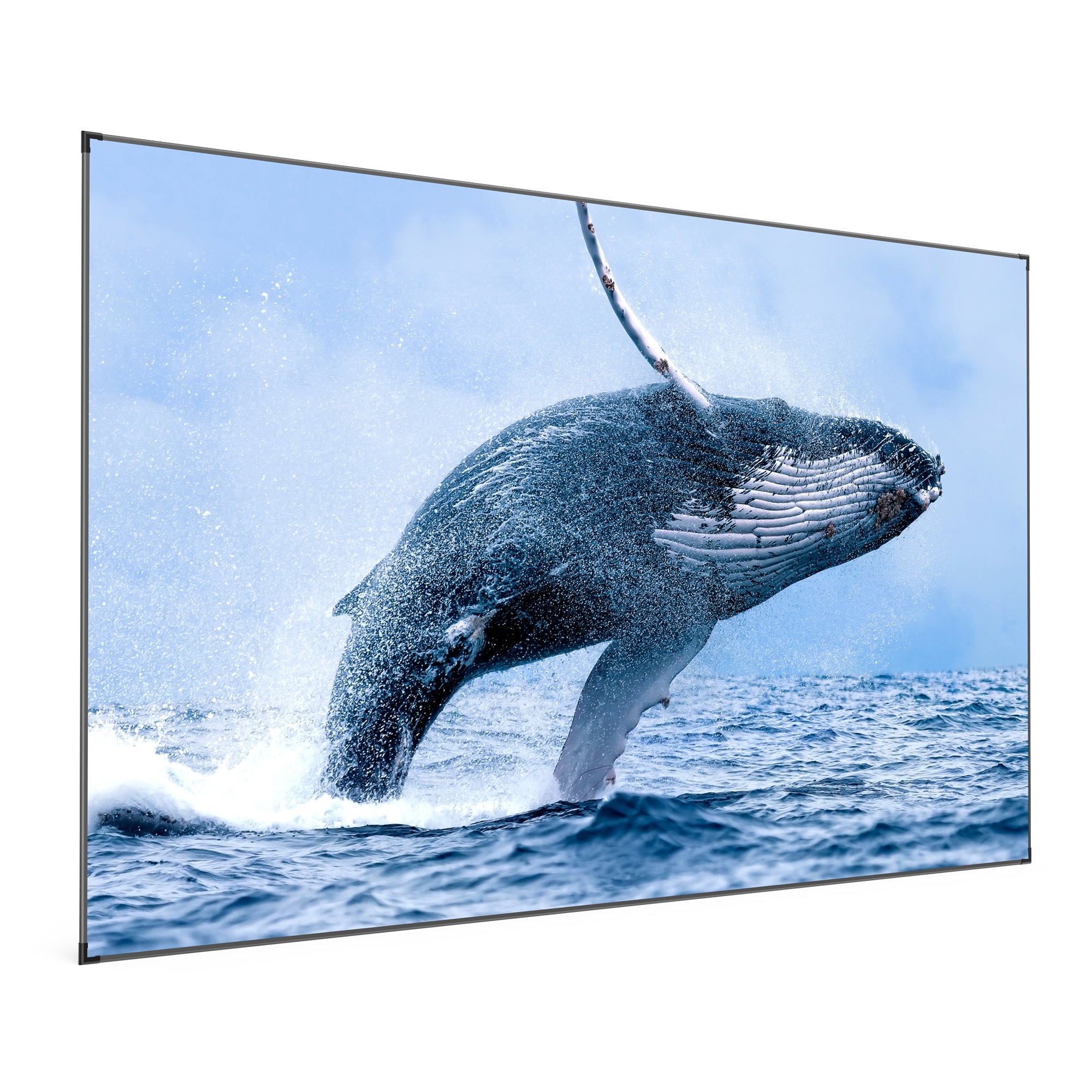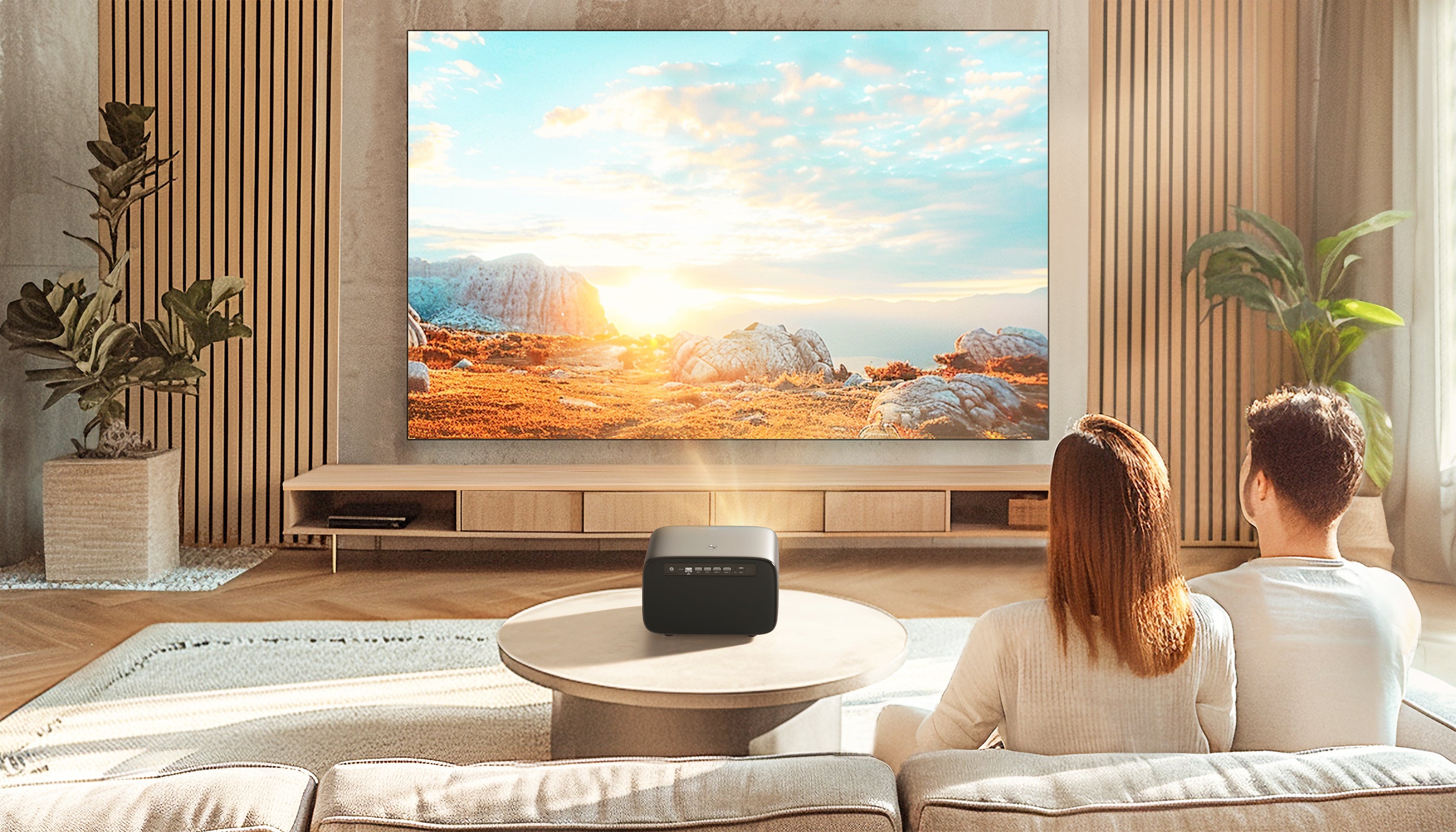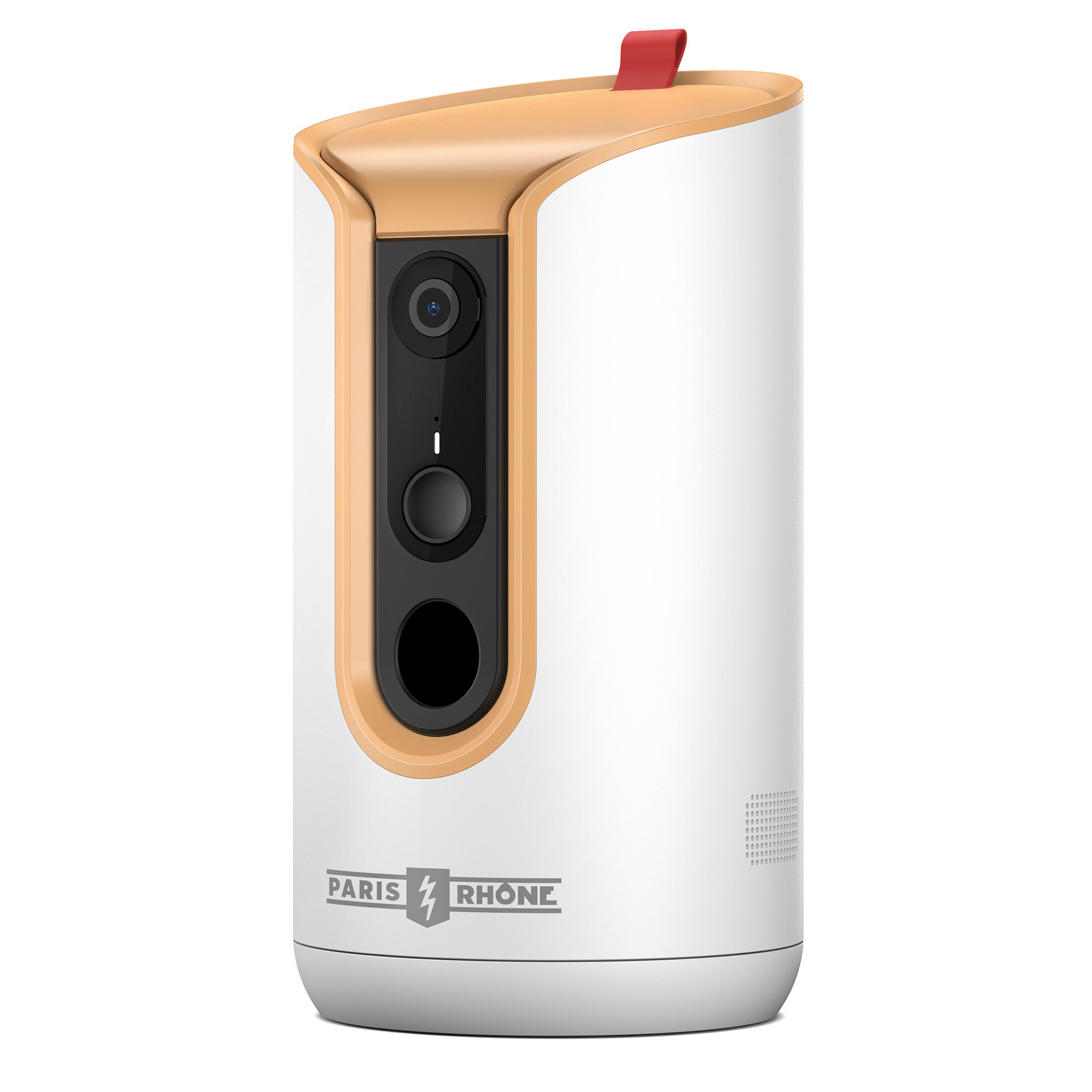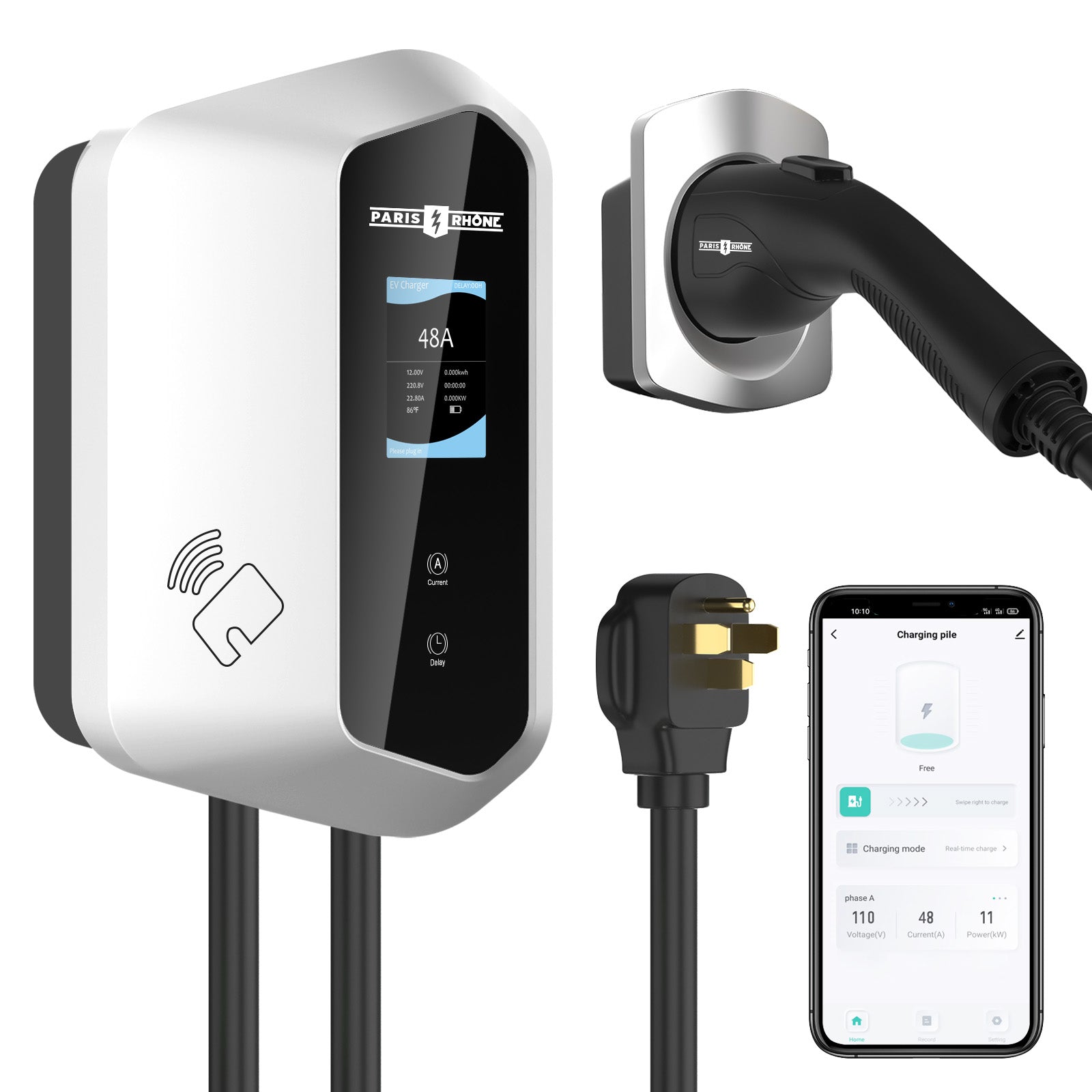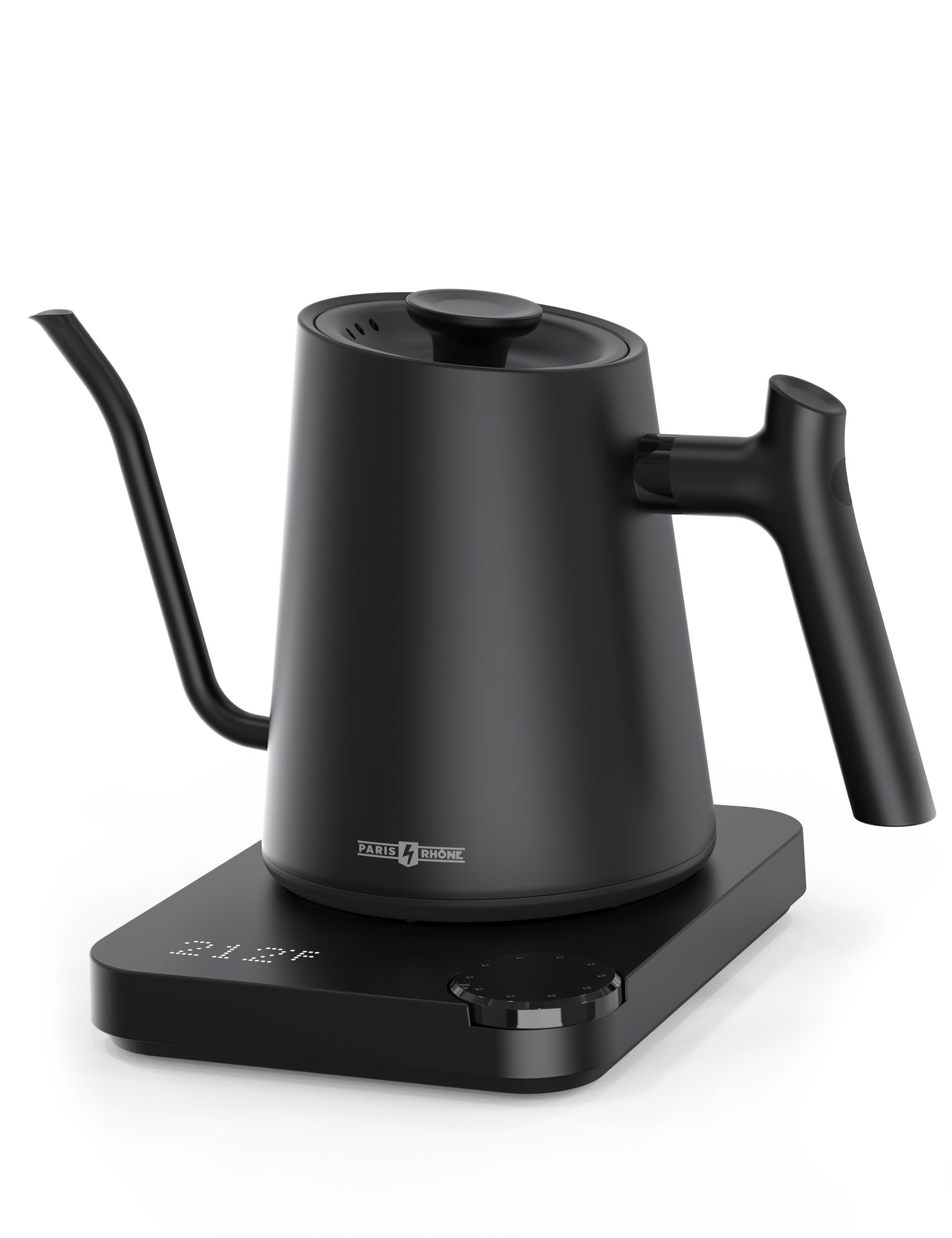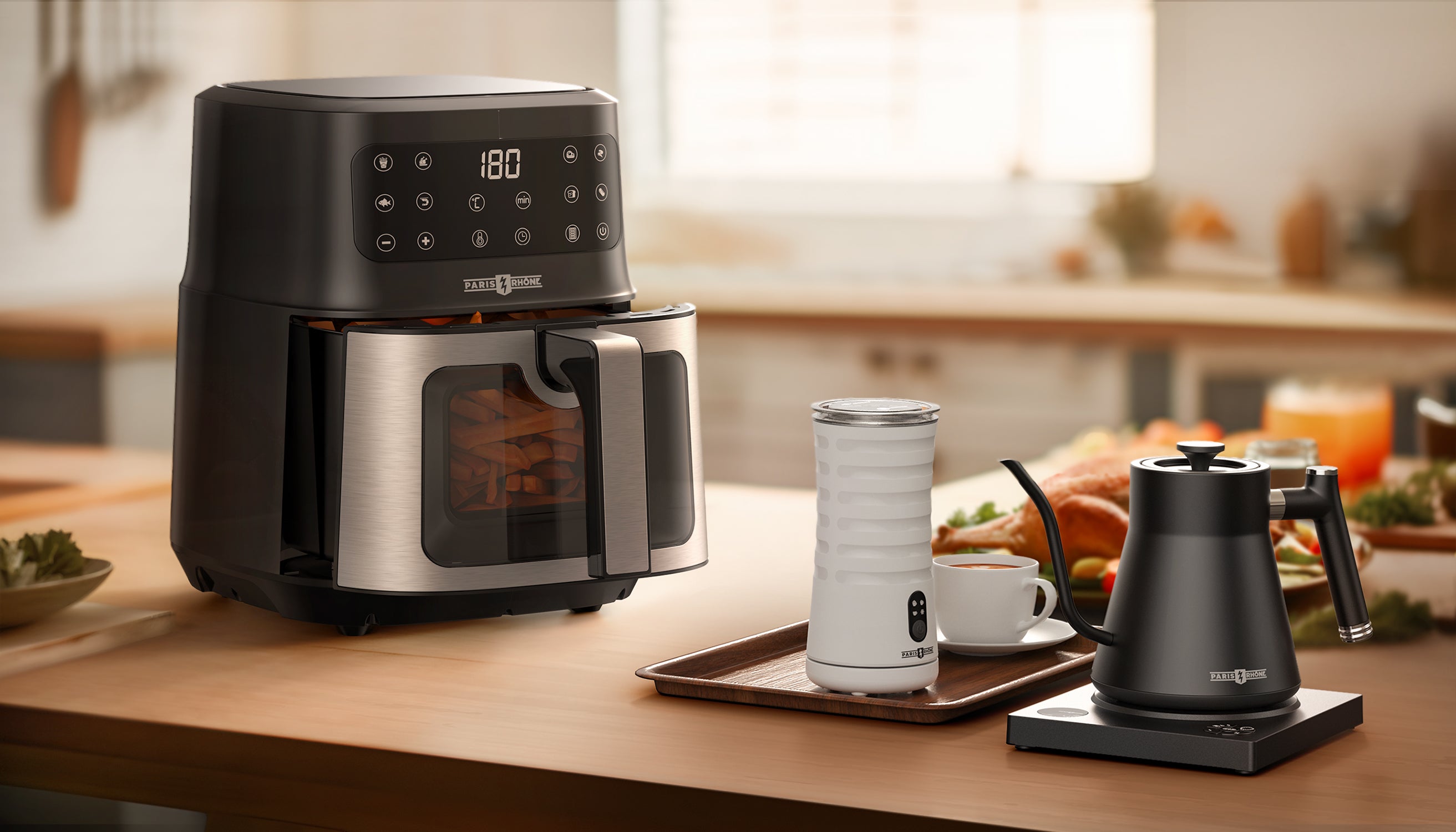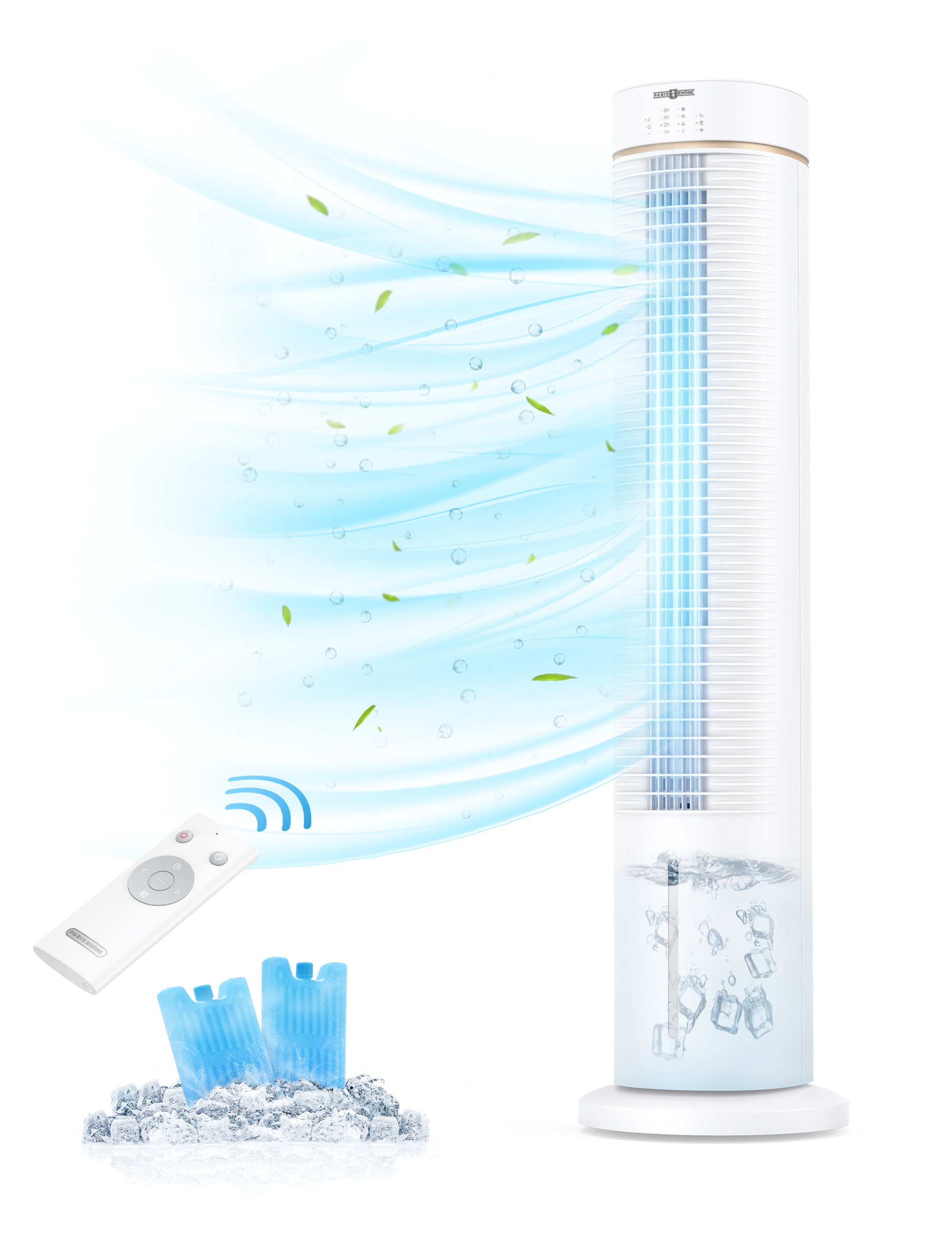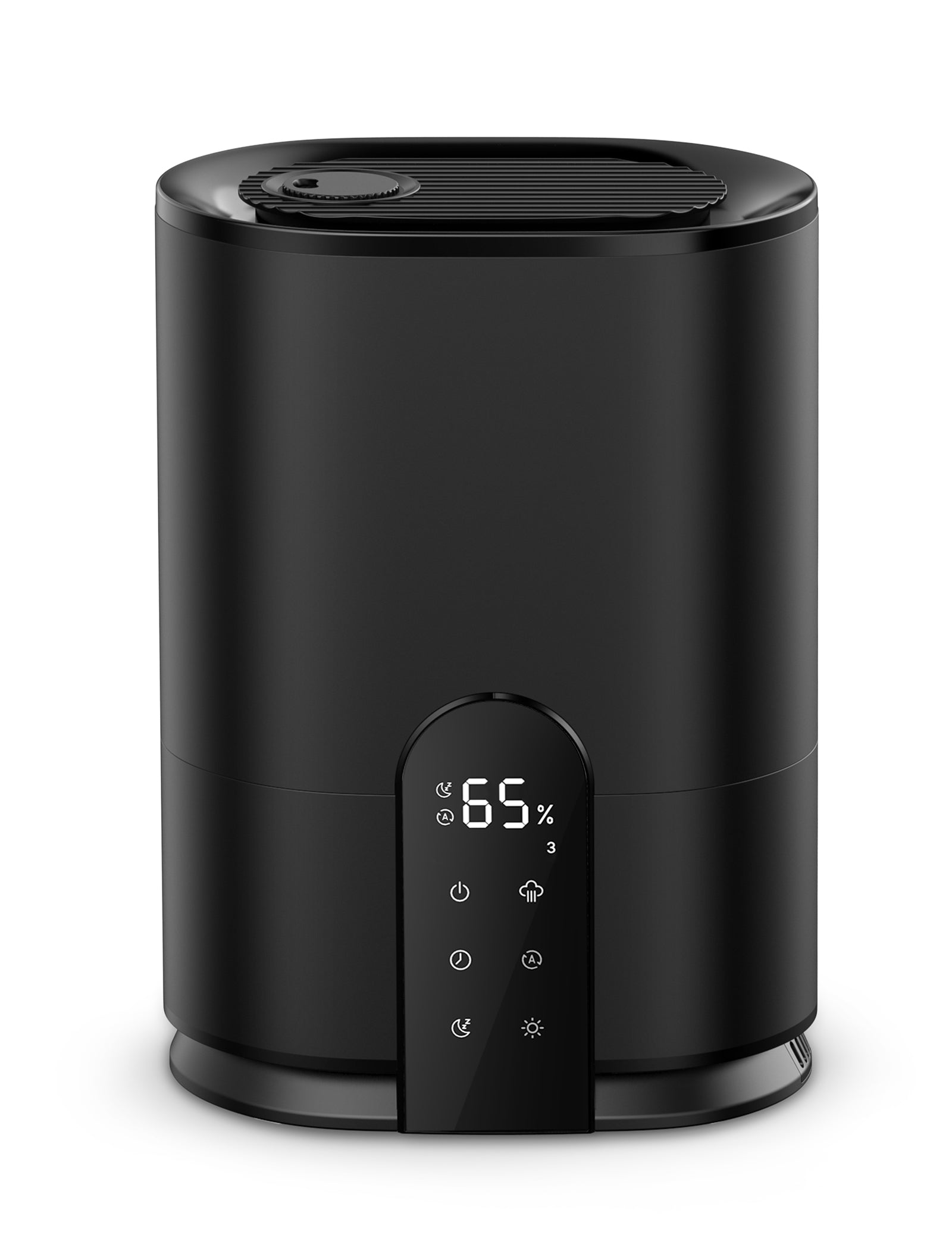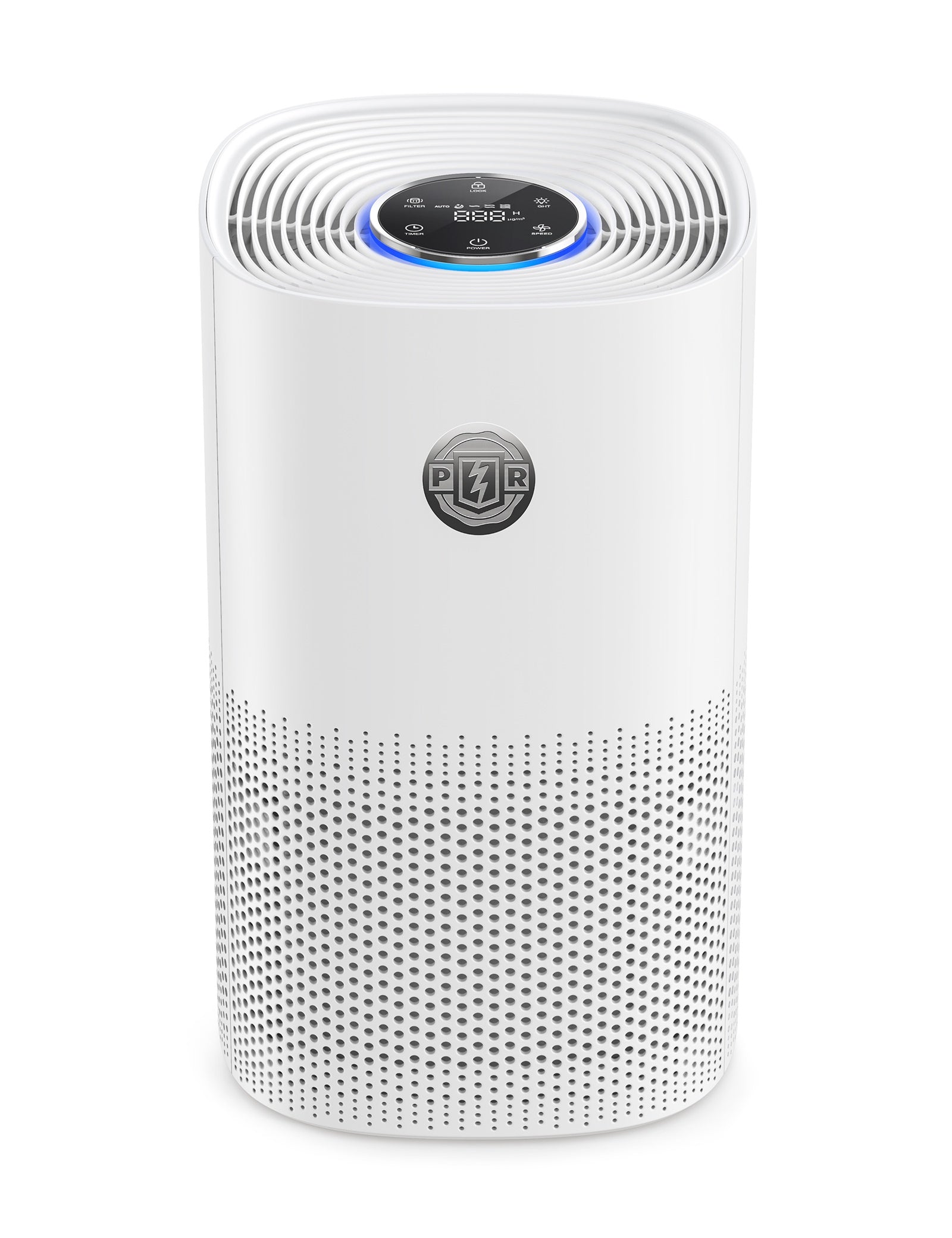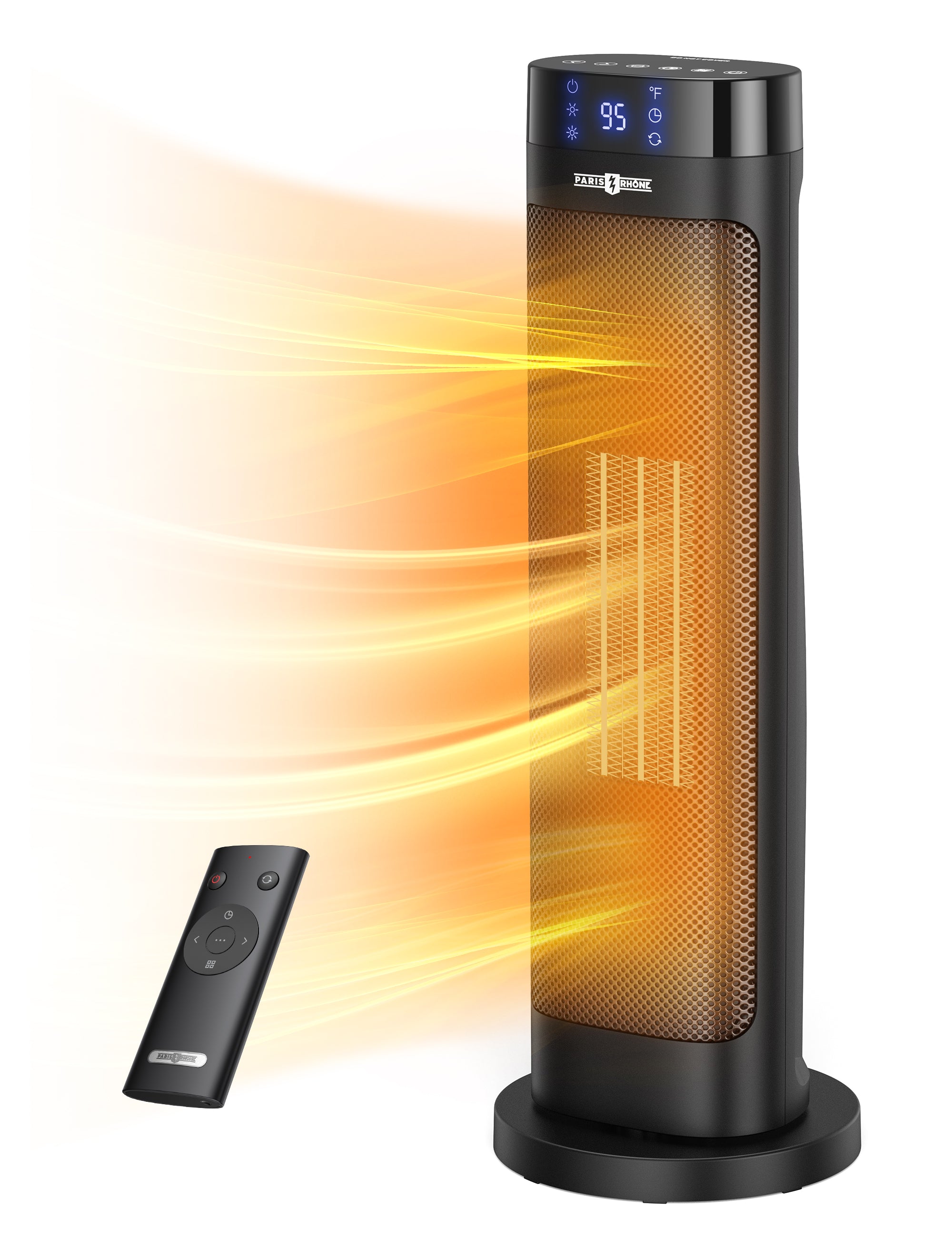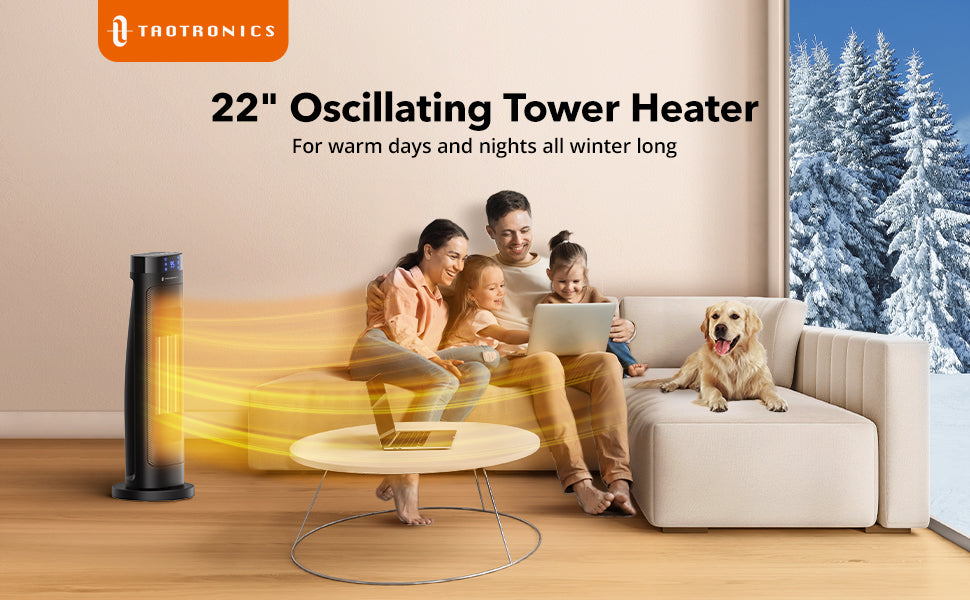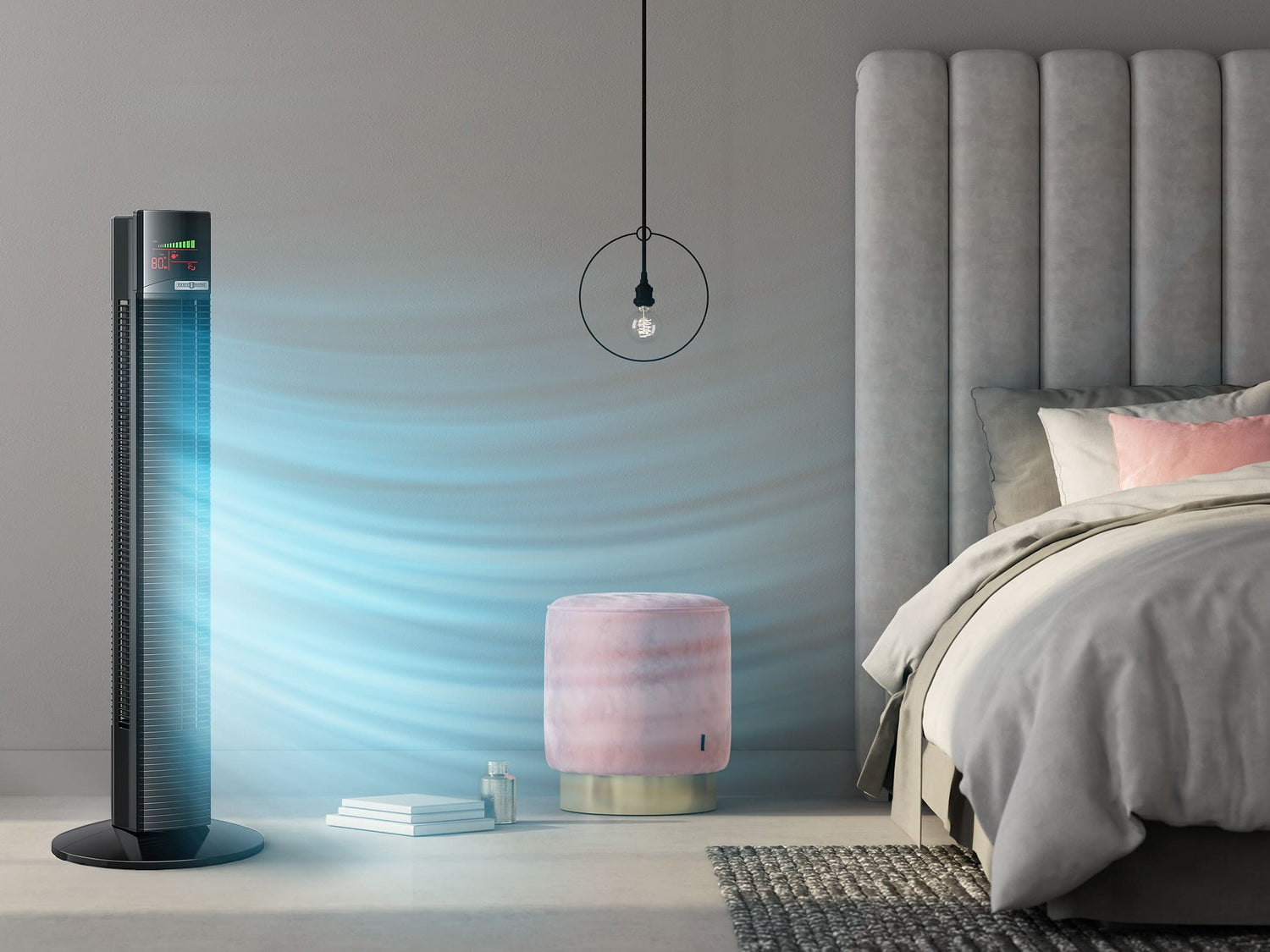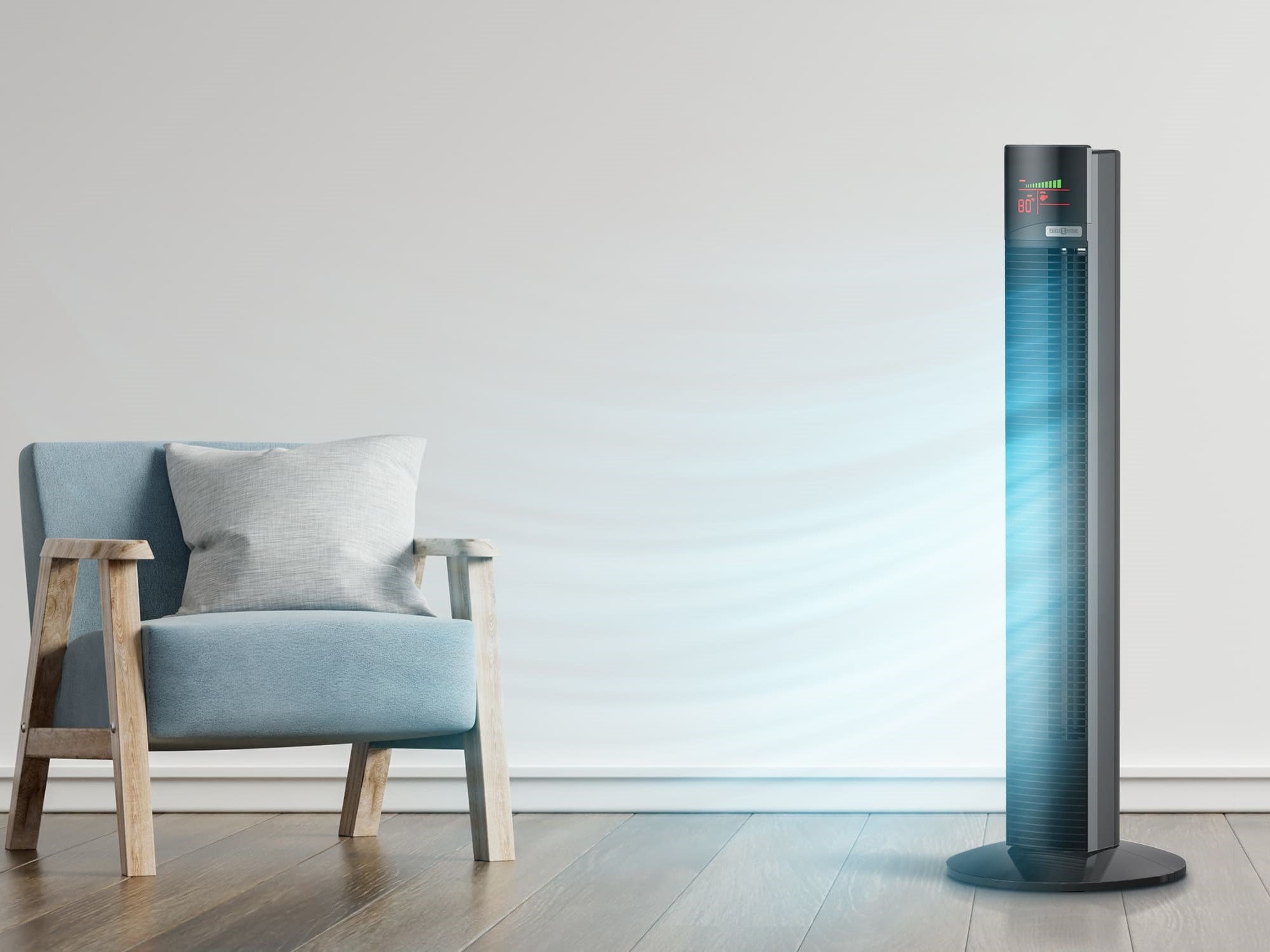As temperatures rise, so do power bills from blasting the air conditioning. The cold air relief feels great, but less so when the electric bill arrives. However, by using tower fans strategically alongside air conditioning, you can maximize energy efficiency and significantly lower your cooling costs.
This article will explain how tower fans can complement standard AC systems and provide tips to reduce your energy usage and monthly bills. With a properly optimized home cooling plan using tower fans, you can stay comfortable all summer without breaking the bank.
How Tower Fans Work With AC?
To understand how tower fans can enhance cooling and efficiency, it helps to know how they work differently than central air conditioning:
- AC cools an entire room or space from a central unit. Tower fans provide focused, directional cooling for individual comfort.
- AC recirculates and removes moisture from air. Tower fans simply move existing air without removing humidity.
- AC must run constantly to maintain set temperatures. Tower fans can turn on only when needed.
- AC has higher energy demands from compressors and blowers. Tower fans use less energy at lower speeds.
So tower fans offer more localized, as-needed comfort. This makes them ideal to supplement main AC systems. Their targeted breeze allows you to ease the AC workload without sacrificing comfort.
Tips for Using Tower Fans to Reduce AC Use
Here are some tips for maximizing tower fan benefits to lower your air conditioner usage:
- Get the right number and placement of tower fans - Aim to cool down the rooms you occupy most first. Bedrooms, living room and kitchen are prime spots.
- Run the tower fan(s) at a low speed when using AC - Let the breeze enhance cooling efficiency rather than trying to replace AC completely.
- Set your AC to a higher temperature (78°F or higher) and let the tower fan do spot-duty. The reduced AC runtime will be dramatic.
- Use tower fans overnight in bedrooms - Shut off central AC at night and let fans keep bedrooms comfy for sleeping.
- Turn on the tower fan first before AC - Give the fan a chance to provide sufficient cooling before kicking on the AC.
- Close doors and vents in unused rooms - No need to cool empty spaces - concentrate tower fan power only where you need it.
- Keep tower fans properly cleaned and maintained - Dust buildup, vibrations and noise will reduce cooling power.
Optimizing tower fan usage requires some trial and error. But the energy savings make it well worth it, especially for homes running AC daily.
Benefits of Combining Tower Fans and AC
Using tower fans to complement your central AC can yield these benefits:
Lower Electric Bills
Carefully balancing tower fan use versus AC runtime can reduce cooling bills by up to 40%. That’s hundreds of dollars each summer back in your pocket.
Environmentally Friendly
Drawing less power from the electric grid by minimizing AC use helps conserve resources and reduces your carbon footprint.
More Consistent Temperatures
The directed air flow from tower fans mean fewer hot or cold spots. The breezes help maintain steady, comfortable temps throughout your home.
Enhanced Comfort
The gentle wind-chill effect from a fan can make 78° feel cooler than 74° from AC alone. Their less harsh breeze enhances comfort.
No AC? No Problem
On their own, tower fans provide energy-efficient cooling for mild or moderate summer temps.
The biggest barrier for many homeowners is figuring out the right tower fan setup for their space. Here are some quick tips:
- Cooling power is based on blade diameter - 24”-42” fans are best for home use.
- Let the fan size match the space - Don’t under or oversize.
- Position tower fans strategically to flow air throughout larger rooms or move air from cool to warm areas.
- For maximum air circulation, position oscillating tower fans in corners directed out diagonally.
With some strategic planning, you can stay cool all summer while maintaining lower energy bills. Use the tips in this article to find the right mix of tower fans and AC usage to cut costs without sacrificing comfort. A well-designed cooling strategy makes living with the summer heat much more affordable.




